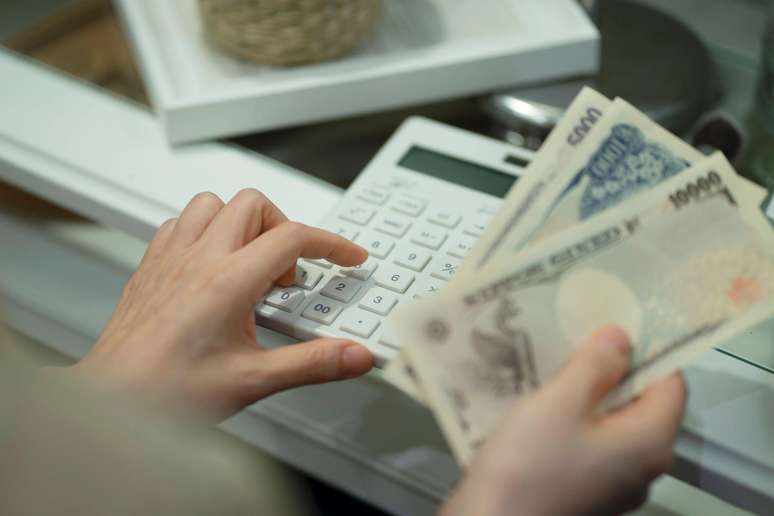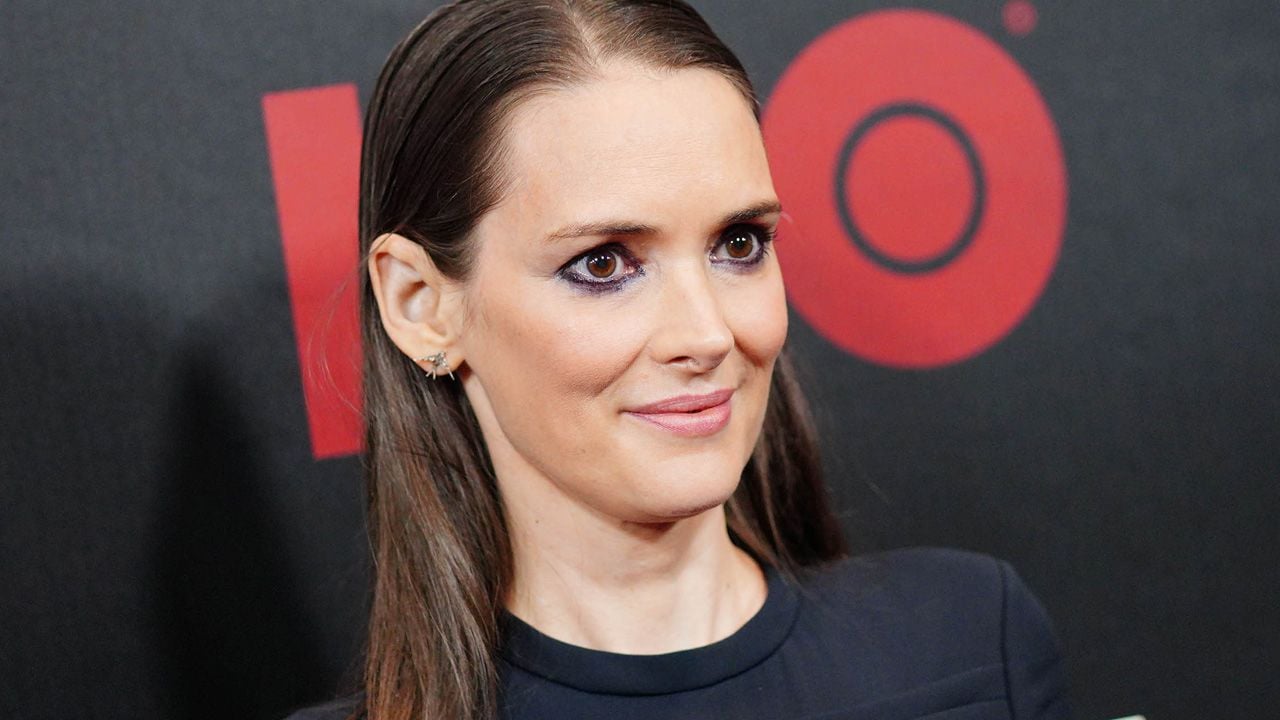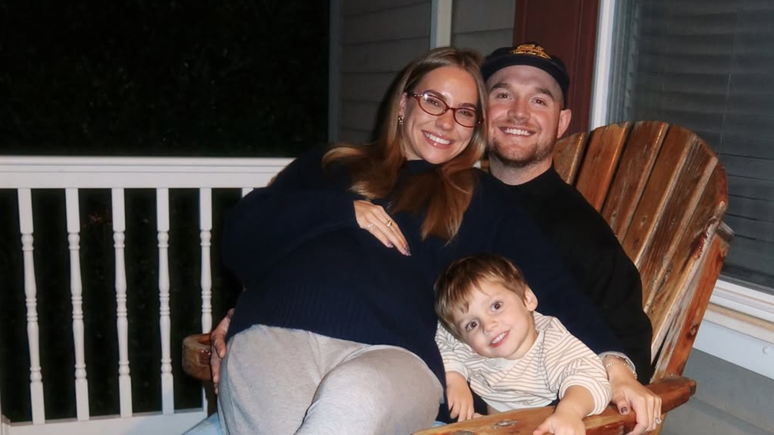All you need is a pen, paper and perseverance to start saving, even if your budget is limited, fans assure.
“What is more important: earning more or controlling your money?” asks Japanese Zun.
“I think it’s more important to control the money you have and spend it carefully and wisely. And I think that makes for a fun life.”
Zun, a mother of four, has been an advocate for kakebo — a simple method of controlling money created in Japan in 1904.
In this method all you need is paper, pen and perseverance.
The task can be laborious, especially at the beginning, but this is also one of the reasons for its success, experts say.
First, you need to record your daily, weekly or monthly expenses in different categories.
For example: income (salary, earnings, pension); essential expenses (housing, transportation, food, household services and medicines); leisure time (restaurants, shopping, gym, etc.) and extras (gifts, shows, travel, etc.).
Or: needs, desires, leisure and unexpected expenses.
You can set as many categories as you need and also use different colors to make them more visually appealing.
By subtracting needs, what remains can be separated into “saving” and “spending well”.
The method focuses on conscious spending and saving. It helps change our attitude towards budgeting by teaching us to “spend well” to “save well”.
The act of writing with pen and paper is also a fundamental part of the practice. Research suggests that writing by hand helps the brain process information in a more detailed and attentive way.
Some also argue that using cash is better than cards, as the physical act of handing over bills and notes gives you more control.

“I find that when I’m taking notes by hand, more information comes to mind. It helps you think about what you’ve purchased and whether you’re spending too much money. Plus, you can go back to your spending history. [nas anotações]”, says Zun.
“When what I really wanted was expensive, I usually gave up on buying it and instead chose several cheaper and similar things. But, looking at my total expenses, I realized that I could have bought what I really wanted. This encouraged me to spend my money more thoughtfully.”
When we evaluate how much, how and on what we spend money, we can take stock by answering four key questions:
- How much money have you saved?
- How much money would you like to save?
- How much money do you really spend?
- What would you change in the next month to improve?
Financial consultant Harumi Maruyama recommends testing the method for at least three months, after which you usually start to see results, she says.
“Kakebo helps you manage your expenses even on a limited budget and stop spending wildly. I think kakebo is the basis of a family budget,” says Maruyama.
“Even though the budget is limited, I have seen many people manage to control their expenses and save money.”
The consultant suggests that kakebo become a daily ritual, lasting at least five minutes, practiced more or less at the same time of day.
“Or you can write once a week, or when you spend something,” she says.
Origin of the term
Kakebo is a Japanese word for “household account book” and its origins date back to 1904, according to Fumiko Chiba, the book’s author. Kakebo: The Japanese Art of Saving Money.
Chiba states in his book that the inventor of this method was Hani Motoko, considered the first female journalist in Japan. Her intention was to find a way to help housewives manage their family finances efficiently.
“Although Japan is a traditional culture in many ways, kakebo was a liberating tool for women because it gave them control over financial decisions,” Chiba writes in her book.
Today, although there are already several mobile phone applications to track income and expenses, these accounting books are still sold in Japan.
They are usually sold at the beginning of each year and, according to Chiba, are quite popular.
* With information from BBC Video Reel “Kakeibo: The Japanese Art of Saving Money”
Source: Terra
Rose James is a Gossipify movie and series reviewer known for her in-depth analysis and unique perspective on the latest releases. With a background in film studies, she provides engaging and informative reviews, and keeps readers up to date with industry trends and emerging talents.




![Such a wonderful sun in advance: Summary of the episode on August 28, 2025 [SPOILERS] Such a wonderful sun in advance: Summary of the episode on August 28, 2025 [SPOILERS]](https://fr.web.img2.acsta.net/img/9b/10/9b10f4f0224ab0aea303ed7fbf38edd1.jpg)


